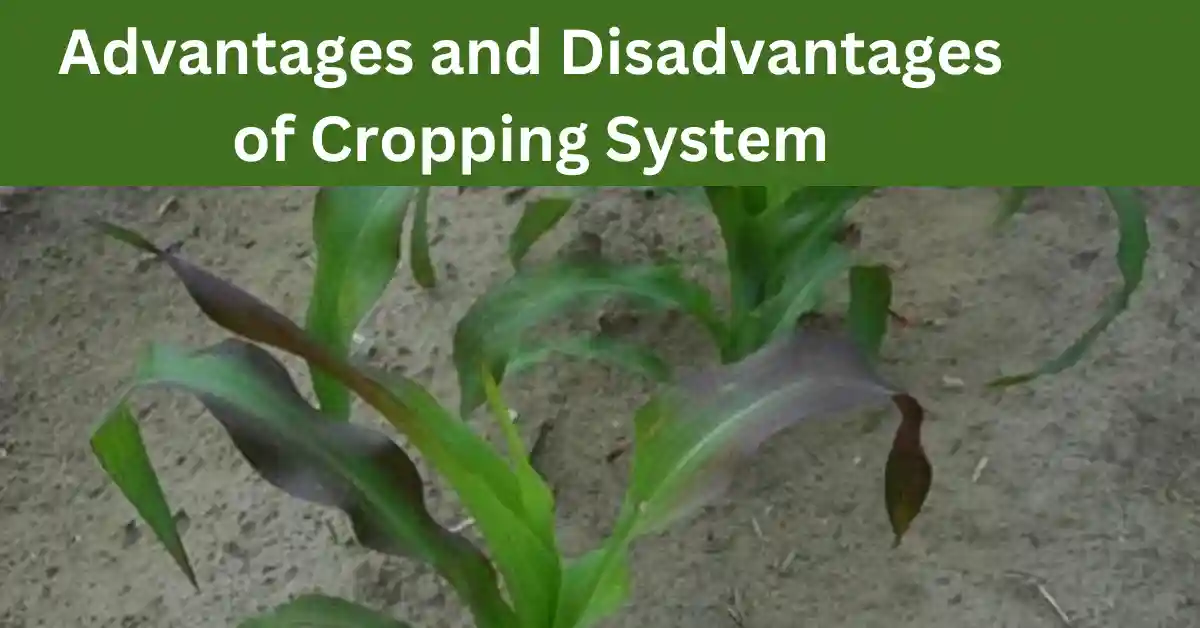The cropping system refers to the practice of growing different crops in sequential seasons or years on the same land that is called cropping system. Here are some advantages and disadvantages of using cropping systems:
Advantages of Cropping System
- Soil Health Improvement: The cropping system helps maintain soil fertility and structure by varying nutrient demands and reducing the depletion of specific nutrients. Different crops have different root structures and nutrient requirements, which can help replenish soil nutrients.
- Pest and Disease Control: A cropping system can disrupt pest and disease cycles. Many pests and diseases are specific to certain crops; by rotating crops reduces the buildup of pests and diseases in the soil.
- Weed Control: A cropping system can help manage weeds by alternating crops that are more competitive against weeds with less so, thereby reducing the overall weed pressure.
- Yield Stability: A well-planned crop rotation system can lead to more stable yields. By diversifying the crops grown, you can spread risks associated with weather variability and market conditions.
- Nutrient Management: By rotating crops, you can optimize nutrient use efficiency, reduce the need for synthetic fertilizers, and minimize nutrient leaching into groundwater.
- Economic Benefits: The cropping system can provide economic benefits by potentially increasing yields, reducing input costs (like pesticides and fertilizers), and improving the overall sustainability of farming operations.
Disadvantages of Cropping System
- Complexity and Management: Implementing an effective crop rotation system requires careful planning, knowledge of crop requirements, and regular monitoring. It can be more labor-intensive and complex compared to other systems.
- Market and Demand Constraints: Certain crops may have higher market demand or better profitability in specific regions or periods. Crop rotation may limit immediate profits if a less profitable crop must be grown in a rotation cycle.
- Initial Investment: Transitioning to a crop rotation system may require initial investments in equipment, infrastructure, and knowledge. Farmers may also need to adjust their farming practices and learn new techniques.
- Potential Yield Reduction: If not planned carefully, crop rotation can lead to reduced yields due to factors such as improper crop selection, inadequate pest management, or insufficient soil fertility management.
- Land Constraints: In regions with limited arable land or specific environmental conditions, crop rotation options may be limited. Some areas may have soil types or climatic conditions that are not suitable for certain crops in rotation.
- Long-term Planning and Commitment: Effective crop rotation regularly requires long-term planning and commitment from farmers. It may take several years to see the full benefits of improved soil health and pest management.

